
At some point in your angling career, you’re going to learn about the magic of the drift boat. Sure, some people will pick wading or running a jet boat first, but there’s no denying the fact that drift boats are built for cruising rivers in search of fish. They’re simple, maneuverable, dependable, and, if used correctly, highly effective.
We’re also aware that there’s a bit of a learning curve. Unless you live near some moving water and are lucky enough to have your own drift boat, chances are your experience is limited and you need to have a few tips heading into your first experience. That’s why we’re here.
In this article, we’re going to cover some tips for fishing from a drift boat. There’s no substitution for experience, so we’d highly recommend hiring a guide after reading this article or sweet-talking your buddy into letting you use his boat so you can get your feet wet, so to speak. But, until then, let’s cover drift boat fishing from the safety of the bank.
Before You Go Drift Boat Fishing
Get Your Gear in Order
Organization is particularly key in a drift boat. First, and most obviously, space is limited and you don’t want to be dropping your gear in the water or catching it with your fly line. Now’s the time to invest in gear boxes, storage, etc., to ensure you have everything you need in a tidy package. Once you leave the boat ramp, you’ve got what you’ve got.
It’s worth pointing out a few must-haves. First, a PFD is essential. Even if it’s not required by law (which it very well may be), you just never know what may come up in the water. You could go overboard, encounter someone who needs help, or just want a padded seat while you eat lunch. Just bring the PFD. It can’t hurt. Second, because you’ll be out and away from quick assistance, you’ll need plenty of water, snacks, and a first-aid kit in case of emergencies. Let someone know where you’re going and when you’re going, too. Lastly, a long-handle net is an essential as well, so you don’t have to lean too far over the side to nab your catch—it’s safe and convenient.
Know Your Stuff
If you’re using your boat or a friend’s boat, you need to know how to drive a trailer before you ever get to a boat ramp. Find an open space and practice making turns, backing up, and parking the boat because you don’t want your first time to be in the middle of a crowded access point on a Saturday.
This goes without saying, but you also need to know how to row the boat if you’re going to be in the hot seat. Go with an experienced boater for your first few times and have them give you some tips on rowing, and then slowly work your way towards running the show on your own. If there’s still water near you, like a pond or lake, that’s a great place to practice on your oar skills before hitting swift water.
Once you’re ready for the river, start with slower and more maneuverable rivers and do your research. The last thing you want is to get caught in class-four rapids on your first day. Check out USGS to research river flows as well and check the CFS (cubic feet per second). If your area has received a good bit of rain or runoff recently, even a beginner-level river can turn into a dangerous situation.
Once you’re in the boat, you’re pretty much committed. The river only flows one direction, so be sure you know your route, including your takeout and shuttle options, before hitting the water. For shuttle services, a DIY option is a bike, extra car, or a brisk jog, or most popular rivers have shuttle services as well. Take a look at your route via an app like OnX to see how long the float is and plan accordingly. If you’re entering double digits, you’re looking at a very full day.

On the Boat
Keep ‘Em Locked
OK, now we’re fishing. From this point on, we’re going to assume you’re the angler. First things first, be sure to listen to your rower, whether they’re a guide or a friend, because they’ll be looking for upcoming obstacles, shallow water, rapids, and more. Stay in your leg locks and if they tell you to sit down do it. The last thing you need is to go overboard—you’re not going to catch those trout with your hands.
Don’t Fish in the ‘80s
For the most part, fly fishing is fly fishing. But, there are a few considerations to keep in mind as you’re casting from the bow or the stern of the boat. First, there’s at least one, if not two, anglers in close proximity to you, so be sure to watch your casts and definitely avoid casting at 12 or six o’clock. It’s easier than you think to hook someone in the head or catch on their fly line and create a bird’s nest. When in doubt, keep your fly line in front of you.
As for fishing, you’ll want to “fish in the future.” In other words, you’re going to be moving down river in most circumstances, so if you’re casting perpendicular to the boat or behind you, you’re already too late. Your rower can do their best to adjust speed, but help them out by casting at a 45 degree angle in front of the boat, so they can see your fly and speed up or slow down to give you as long of a drift as possible. It can take a bit of getting used to, but you always want to be thinking a few steps ahead. Look at features you want to target down river and place your casts well in advance, otherwise you’re living in the past.
Be a Friend to the Mend
Other than staying ahead of the boat, practicing your mends is the best thing you can do on a drift boat. We’re not going to go in too much depth here because we wrote an entire article on how to mend your fly line, but just know that you’re going to be mending all the time, nearly constantly. Start every cast with a big mend upriver and work on getting slack on the water to ensure you’ll get a long, natural drift, which is the whole point of using a drift boat. Be sure to read our other article for more tips, but just think early and often with your mends. If you can do that, you will catch more fish because of it.
Fewer False Casts
This is a good tip whether you’re fishing in or out of a drift boat, but try to keep false casts to a minimum. You’re around other people and a lot of gear, so every time you false cast, you’re increasing your chances of hooking something and someone. And, in a drift boat, you’re covering a lot of water and oftentimes just getting one shot at certain areas, so put the fly where you want it the first time to get your best chance at triggering a strike. Better yet, if you’re a master mender, you can skate your fly where you want it to go without ever picking up your line.
Think Outside the Boat
One of the most beautiful things about a drift boat is that it opens up all sorts of areas that would not have been accessible if you were walking in. Too many anglers get in the boat and think about covering as much water as possible, but don’t forget that you can get out of the boat, too. Try planning shorter floats and hitting sweet spots for longer periods of time. Deeper pools and river features are great places to hop out, do some wading, and give your rower a break for a little bit before getting back on the water.
Learn River Behavior
As you get more floats under your belt, you’re going to start to notice little things that you never would have by just wading. A drift boat gives you a unique perspective to how the river flows and also gives you a lot of exposure. Start to take note of where the currents run together, how eddies work, where small creeks run in, different features on the bank like cutbanks and rocky ledges. Even the most subtle features, like “nervous water” on the edge of the current, are worth taking note of. Each of these different features represent key habitat for fish of all kinds and by learning to read the water, you’ll start to file away different strategies of where to cast, place the boat, and get more hooksets on fish.
There’s a lifetime worth of learning to do on a river, but a drift boat can speed up that learning process a bit. It gives you a different angle on fly fishing, which is always valuable. So, as we said, go out and get some real-world experience on the water. It may seem intimidating, but as long as you’re intentional, safe, and willing to be humbled a few times, fly fishing from a drift boat can open up a new world of possibilities, one of which being more fish.


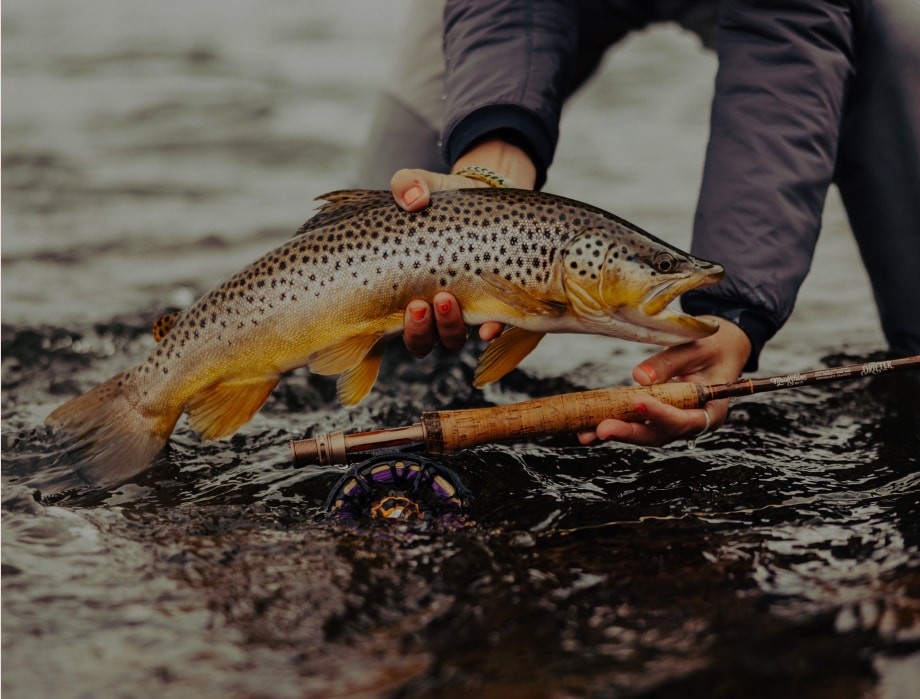
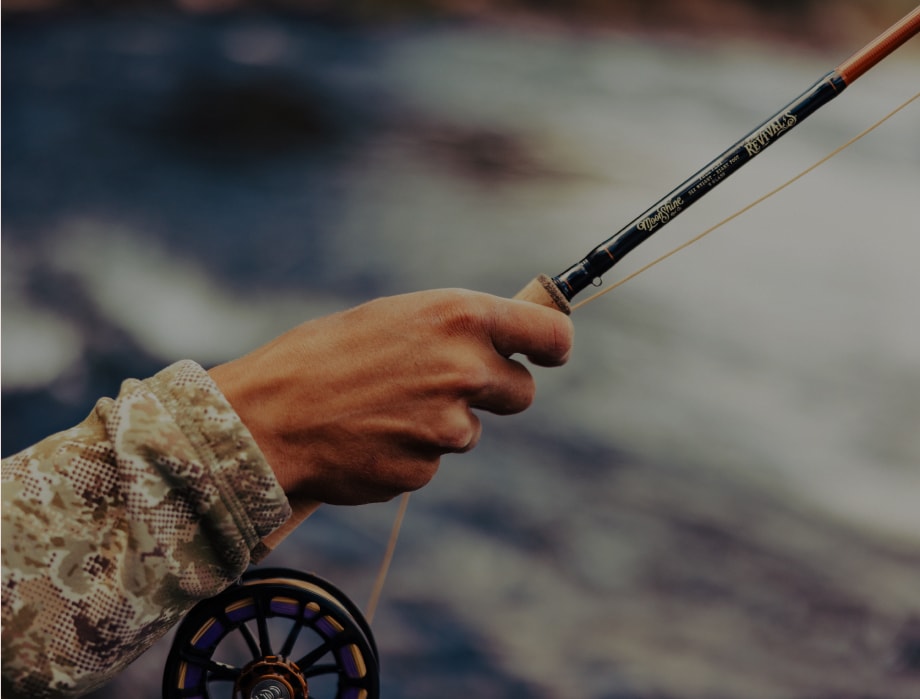
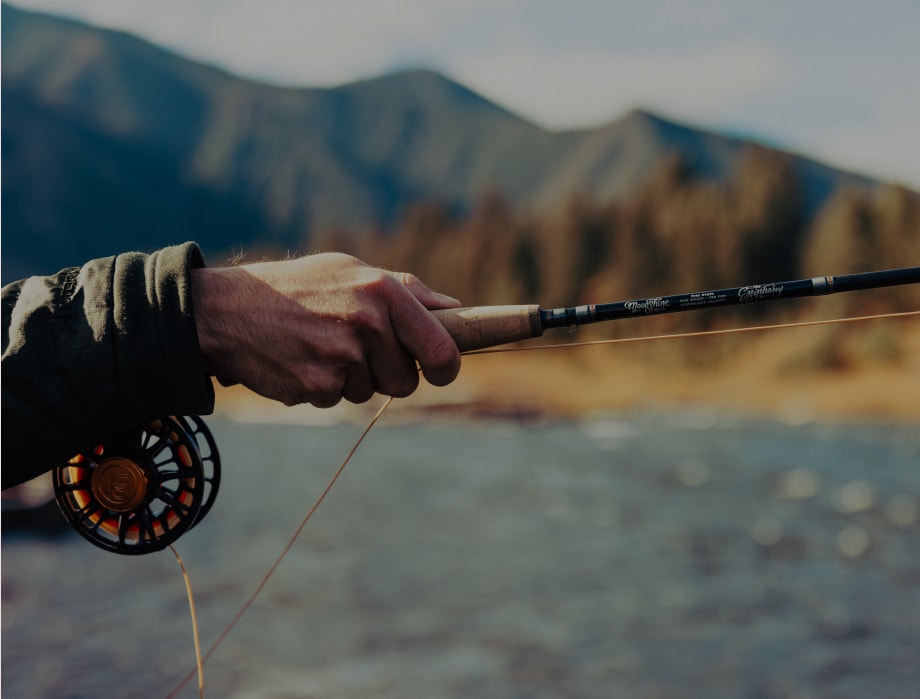
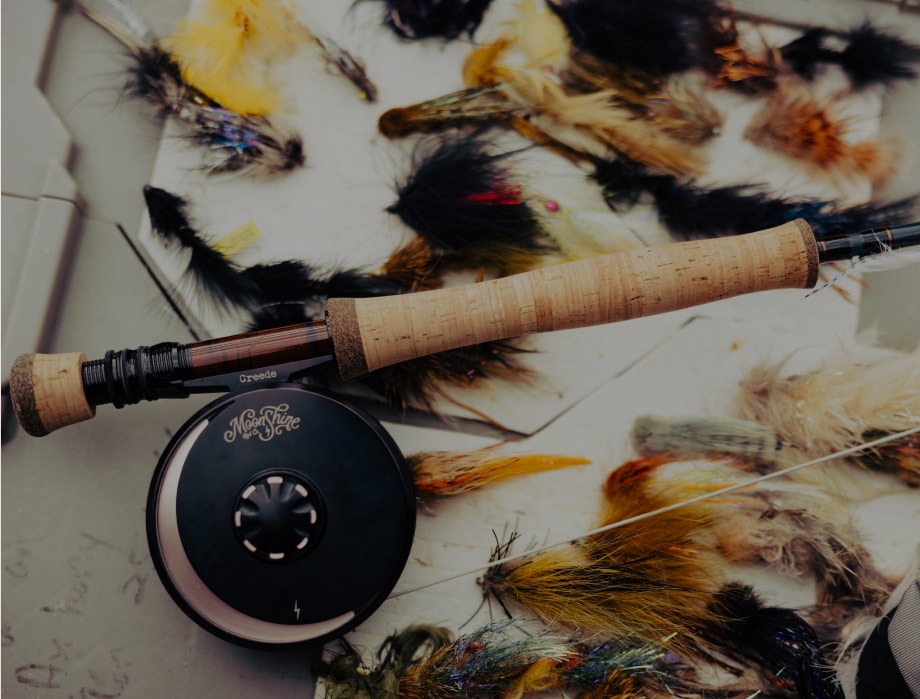
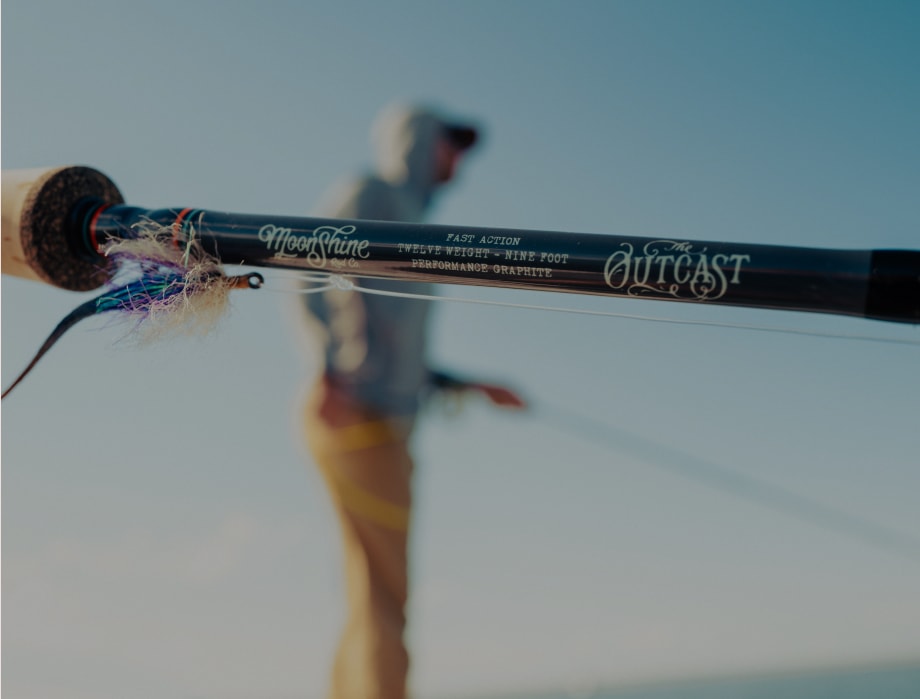
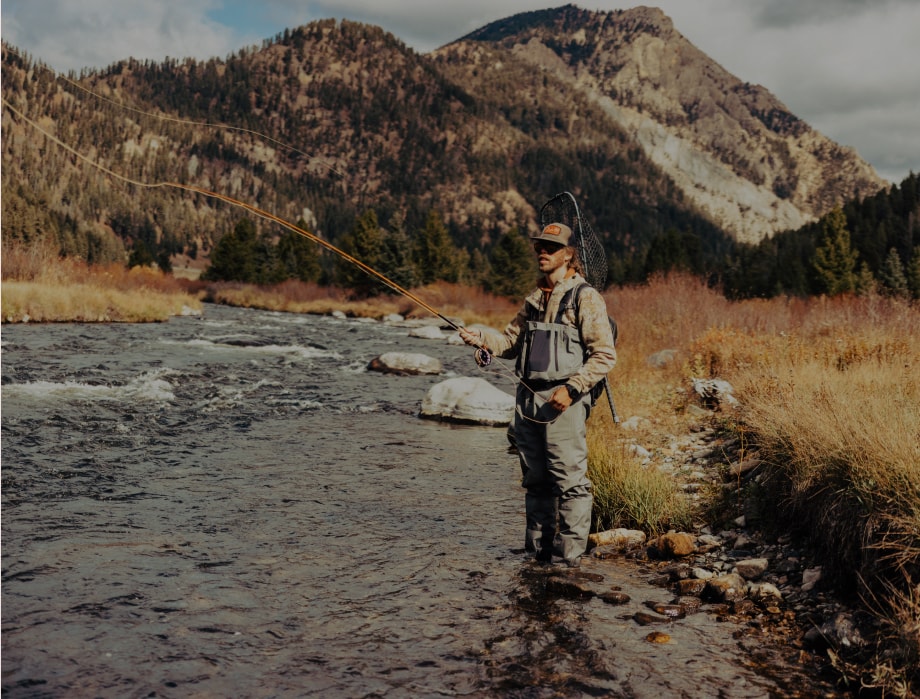
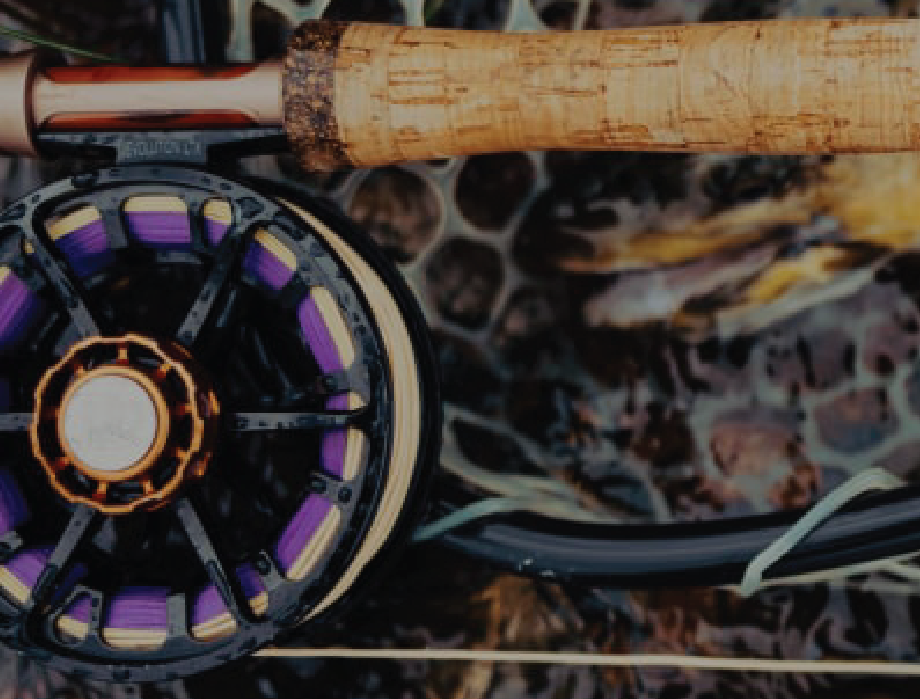
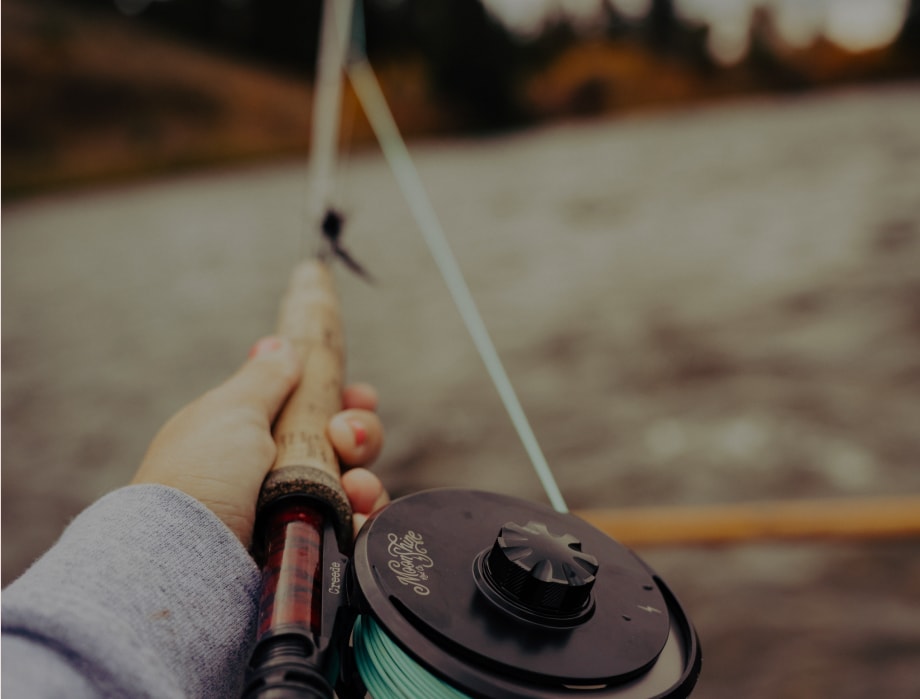
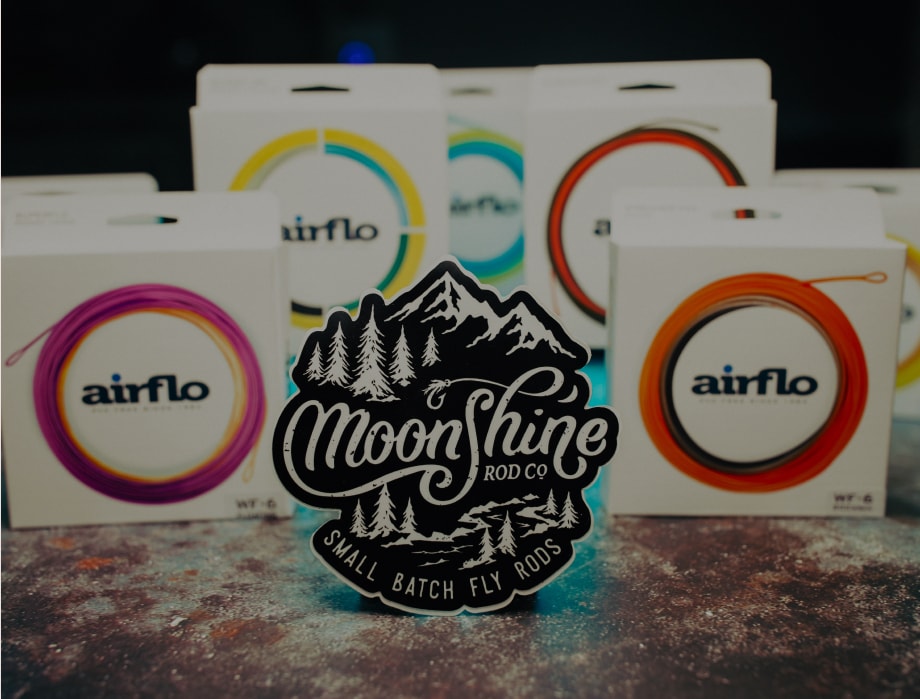

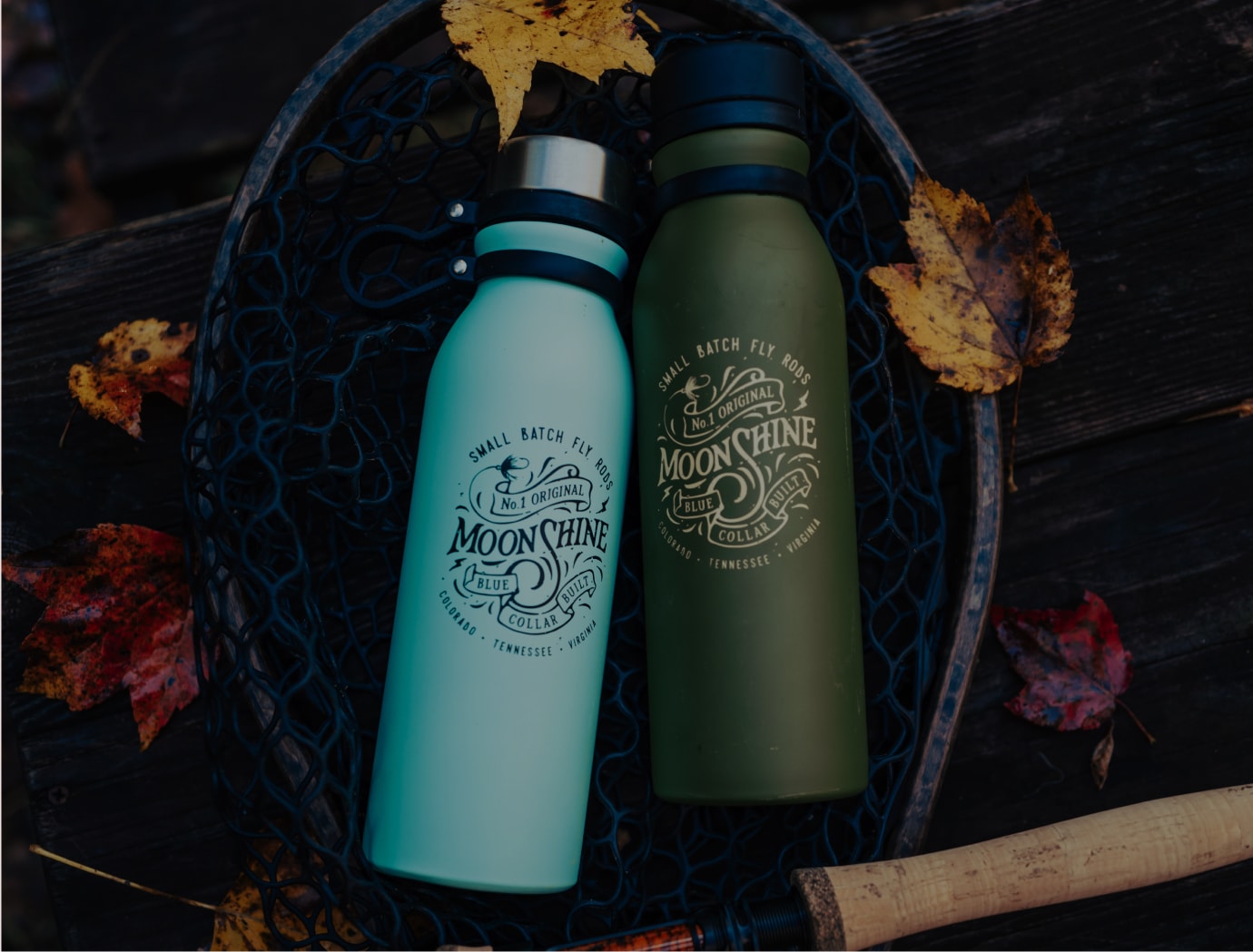

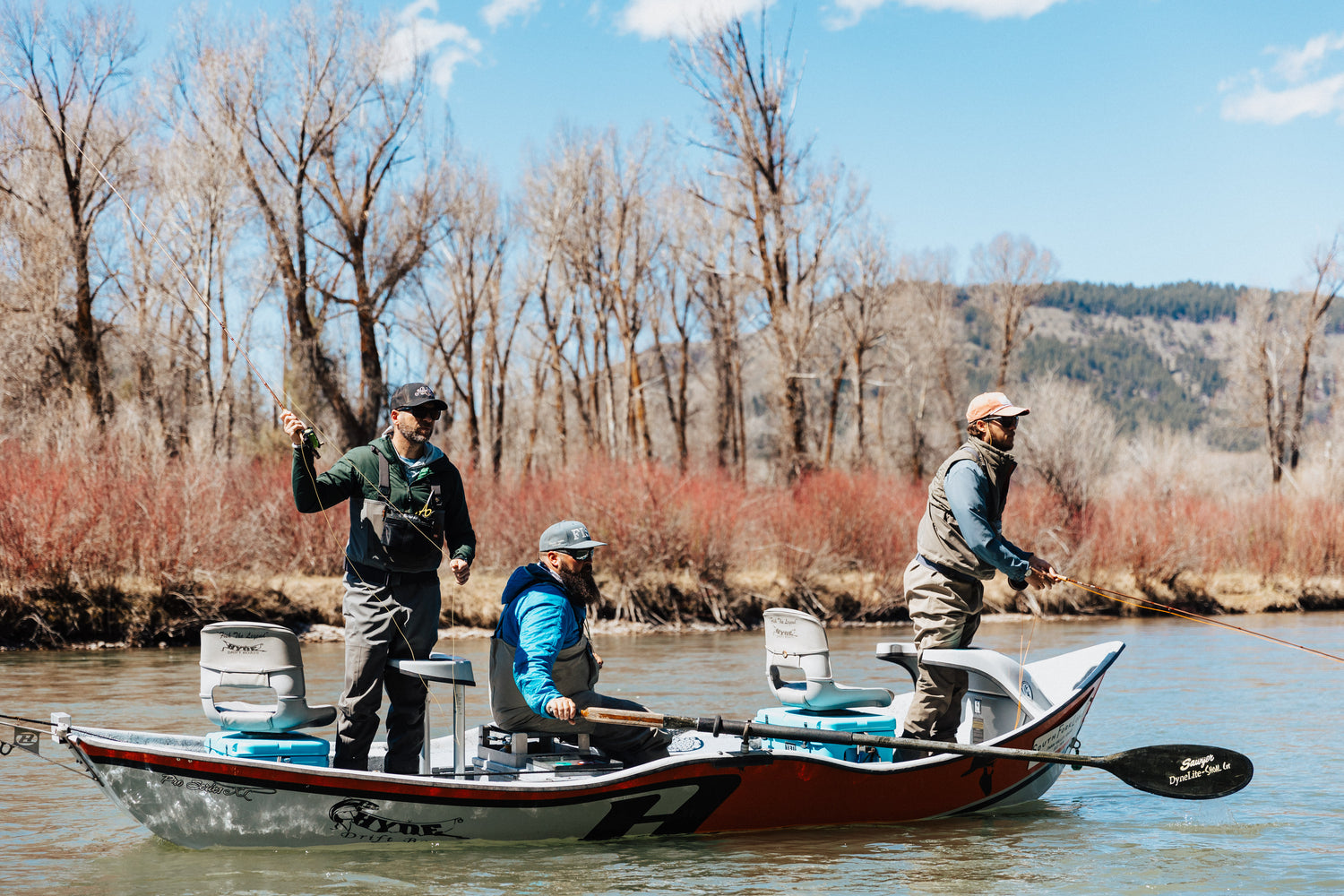
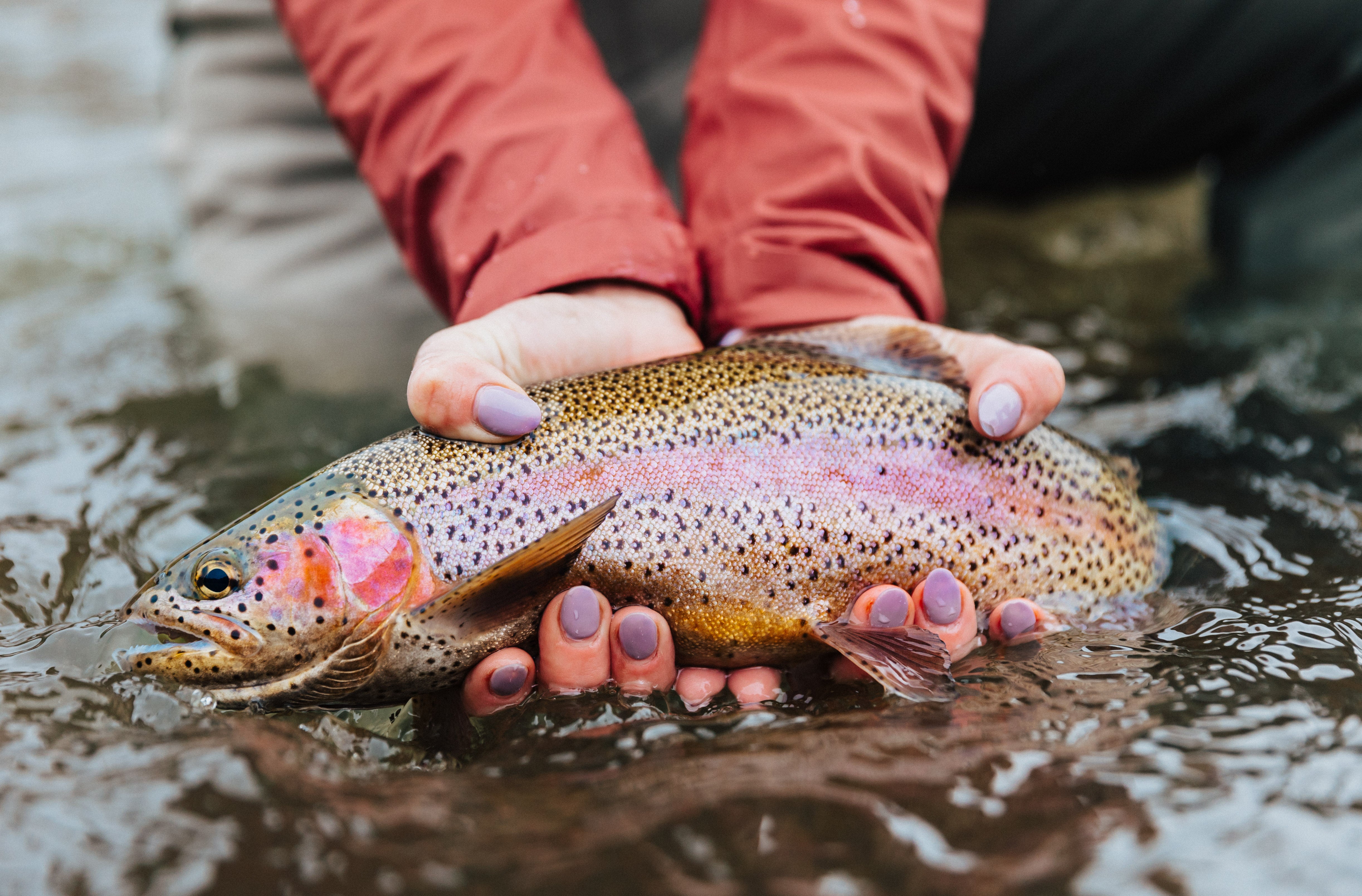
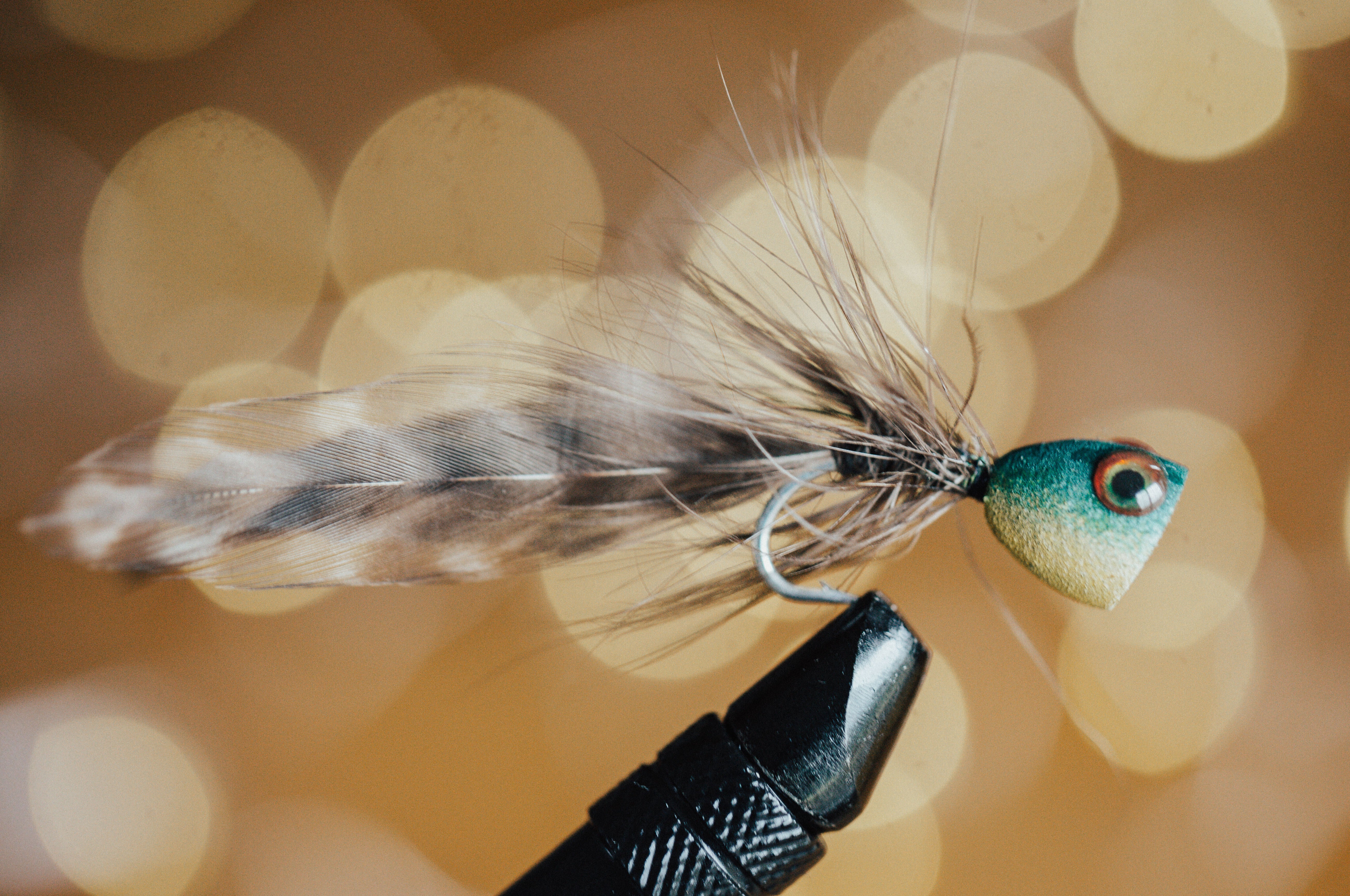
1 comment
Swen Lort
To the moonshinerods.com owner, Great post!
Leave a comment
All comments are moderated before being published.
This site is protected by reCAPTCHA and the Google Privacy Policy and Terms of Service apply.